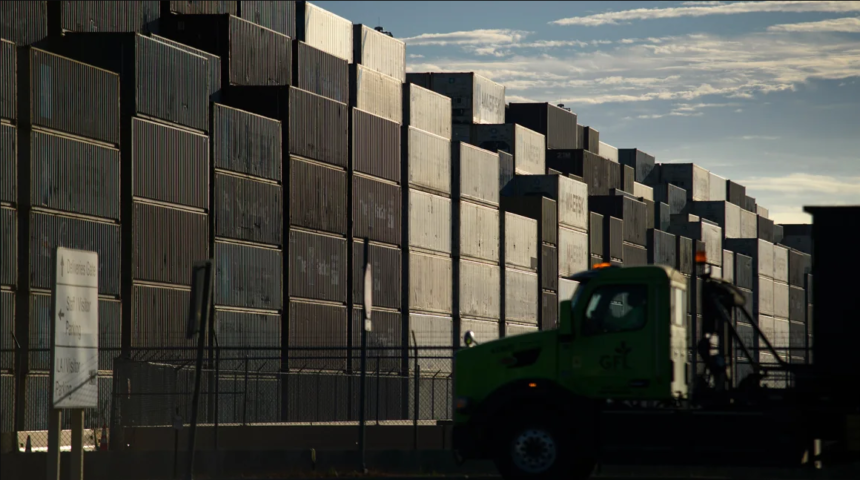Tariffs have dominated headlines since President Donald Trump took office just over two weeks ago, as he threatened steep, sweeping tariffs on goods the United States imports from its three largest trading partners — Mexico, China and Canada — on Tuesday.
These tariffs risk making a wide range of goods Americans buy much more expensive — and could also hurt domestic businesses if the three countries respond with retaliatory tariffs on American goods.
But for all this talk about tariffs, you may be wondering: What exactly is a tariff and how does it work?
Delays on some tariffs
Hours before 25% tariffs were set to go into effect on all Mexican and most Canadian goods, Trump said he reached agreements with leaders of both nations to delay enacting new tariffs for at least another month.
However, a 10% tariff on all goods coming to the US from China took effect at 12:01 a.m. ET on Tuesday. China immediately retaliated with tariffs on some energy and metals imports.
Simply put, what’s a tariff?
The definition of a tariff is fairly straightforward — it’s a tax on goods coming from another country.
They are typically structured as a percentage of the value of the import and can vary based on where the goods are coming from and what the products are.
Who pays the tariff?
Domestic businesses that import products into the country pay the tariffs up front, contrary to Trump’s claims that exporting nations foot the bill.
The actual transaction occurs at the 328 points of entry into the US designated by Customs and Border Protection to take in imports, including airports, railways, roads and ports.
At those ports of entry, CBP agents collect tariff revenue from the domestic businesses importing the products, which is calculated based on how the merchandise is classified and where it came from, said Ted Murphy, a lawyer at Sidley Austin who specializes in advising businesses on customs compliance issues.
Many importers use the government’s electronic payment system, which automatically deducts tariff from a designated bank account. It’s also possible to pay it all at once on a monthly basis rather than having it automatically deducted each time.

A cargo ship full of shipping containers is seen at the port of Oakland as trade tensions escalate over US tariffs, in Oakland, California on February 3, 2025. Carlos Barria/Reuters
But Trump isn’t entirely wrong in saying that other nations pay for tariffs levied on them, Murphy said. That’s because when businesses know they’ll have to spend more to import goods from one country versus another, they may decide it makes more financial sense to find a new supplier elsewhere or, in Trump’s ideal world, shift their production to the US.
In either case, the economy of the country whose goods are tariffed can suffer from the loss of revenue, potentially resulting in job losses.
However, exporting nations often don’t just accept tariffs without fighting back.
Sometimes those countries respond with retaliatory tariffs, launching what often turns into a full-fledged tade war of tit-for-tat tariffs.
Source: edition.cnn.com/







